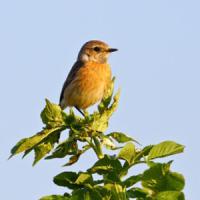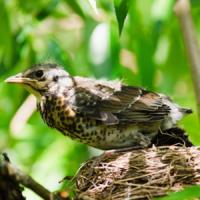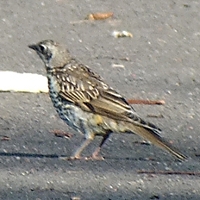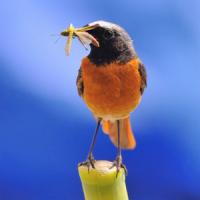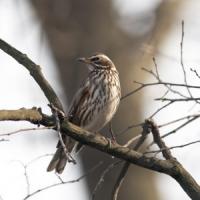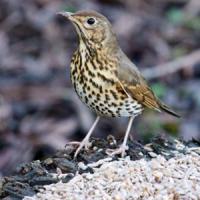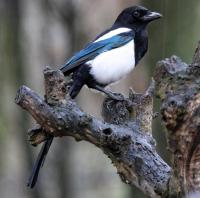- Home
- FAQs
- Customer Video Gallery
- Customer Photo Gallery
- Bird Facts
- Bird Food Blog
- Bird Information
- Feeding Advice
- Small Animal Information
- A to Z of Guinea Pigs
- A to Z of Hamsters
- A to Z of Rabbits
- Basic Care for Guinea Pigs
- Basic Care for Hamsters
- Basic Care for Rabbits
- Basic care for Chinchillas
- Basic care for Ferrets
- Basic care for Gerbils
- Basic care for Mice
- Basic care for Rats
- Buying a Healthy Small Animal
- Does your Reptile need a Licence
- Equipment for Ferrets
- Equipment for Hamsters
- Equipment for Mice
- Equipment for your Chinchilla
- Equipment for your Gerbil
- Equipment for your Guinea Pig
- Equipment for your Rabbit
- Keeping a House Rabbit
- Dog Information
- Cat Information
- Customer Information
- Fat Balls
- Suet Pellets
- Straights
- Seed Mixes
- Suet Treats
- Mealworms
- Bird Feeders
- My Account
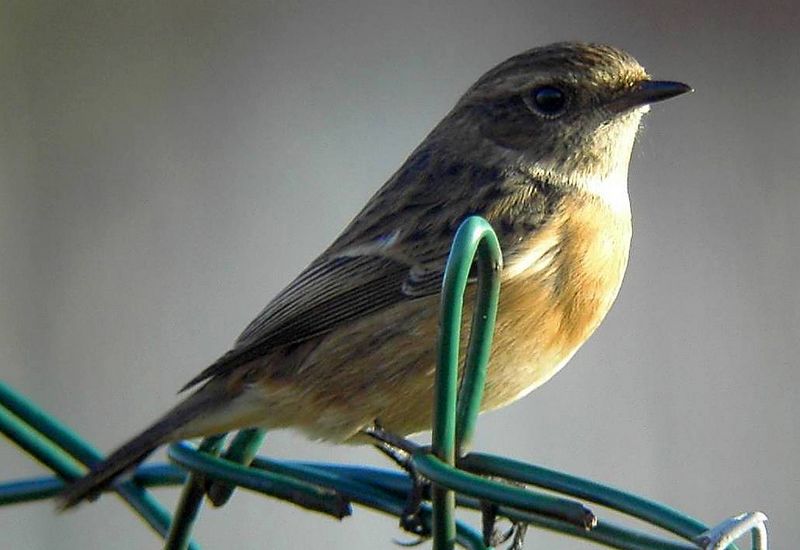
| Scientific Name | Saxicola torquata |
| Breeding | Mar-Jun |
| Fledge Days | 12-13 |
| Incubation Days | 14-15 |
| Lifespan | 4 |
| Number of Clutches | 1-3 |
| Number of Eggs | 3-8 |
| Size | 11.5 - 13cm |
| Weight | 14 - 17g |
| Wingspan | 20cm |
Bird Family : Chats and Thrushes
Stonechat Facts - Information About Stonechat
(Common) Stonechat - Saxicola Torquatus
The Stonechat is a Robin size Chat that frequents sparsely vegetated areas such as moors, Open pasture land and marsh type habitats. It is a bird that is often easy to see as it has a convenient habit of perching in full view. It is a resident breeder.
Identification
Adult
Male
- Stonechats are small birds, around 13cm from tip of tail to tip of bill.
- They often appear ‘bull headed’ and stand very upright on relatively long legs.
- Tail is very dark, almost black.
- Rump is pale buff with dark streaking.
- Back is very dark with some darker specking, this runs up the back of the nape to form a completely black head.
- Black eye and black bill.
- Wings are dark with single white wing patch.
- The most obvious feature is the bright white incomplete half collar (broken at the nape), bright orangey breast-belly and white underparts.
- Bill, legs and eye black.
Female
- Females are paler, ghosting the male.
- Tail dark, rump buff with spotting
- Upperparts are brown with variable dark streaking.
- Wings brown with small less define whit e wing patch.
- Head dark brown with less obvious white collar and a pale eyestripe.
- Breast and underparts bright buff.
Juvenile
- Juveniles appear from April onwards and are very similar to adult females.
- Bill and eye black, legs often paler.
Status and Distribution
The Stonechat is a common breeding resident in the UK with over 50,000 pairs. The Stonechat occurs in all counties throughout the UK and Ireland.
In winter numbers increase as migrants come to the UK from Continental Europe to escape their cold winters, migrants start to arrive in October to winter in our less severe climate.
Habitat/Food
Stonechats occur lower vegetated habitats throughout the UK, farmland, moorland, breckland marshes indeed any open country habitat with suitable scrub.
Song/Call
Several call notes; most often a hard metallic ‘Tack’ like stones being struck together, sometimes repeated 3 or 4 times.




